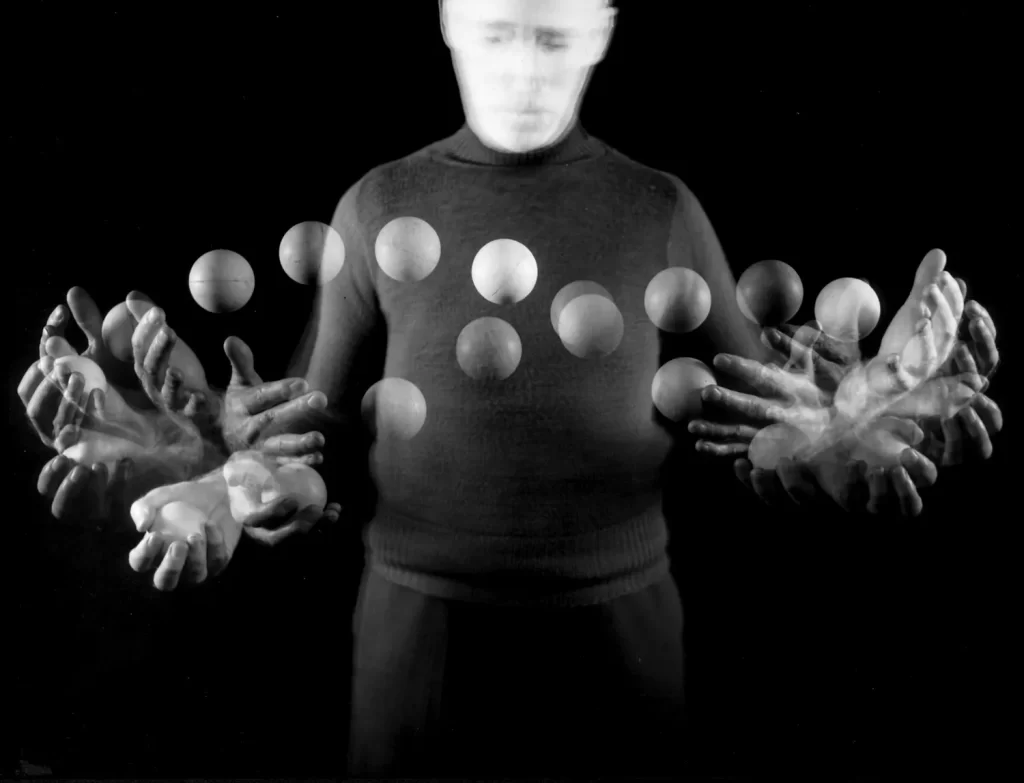Gjon Mili was an Albanian photographer from Korca who developed his profession in America, best known for his work published in Life in which he photographed artists such as Pablo Picasso.
Born to Vasil Mili and Viktori Cekani in Korca. Mili spent his childhood in Romania, attending Gheorghe Lazăr National College in Bucharest, and migrating to the United States in 1923.
In 1939, Mili started to work as a photographer for Life (a position he held until he died in 1984). Over the years his assignments took him to the Riviera (Picasso); to Prades, France (Pau Casals in exile); to Israel (Adolf Eichmann in captivity); to Florence, Athens, Dublin, Berlin, Venice, Rome, and to Hollywood to photograph celebrities and artists, sports events, concerts, sculptures and architecture.
Working with Harold Eugene Edgerton of MIT, Gjon Mili was a pioneer in the use of stroboscopic instruments to capture a sequence of actions in one photograph. Trained as an engineer and self-taught in photography, Gjon Mili was one of the first to use electronic flashand stroboscopic light to create photographs that had more than scientific interest. Many of his images revealed the intricacy and flow of movement too rapid or complex for the naked eye to discern. In the mid-1940s, he was an assistant to the photographer Edward Weston.
In 1944, he directed the short film Jammin’ the Blues which was made at Warner Bros., and features performances by Lester Young, Red Callender, Harry Edison, “Big” Sid Catlett, Illinois Jacquet, Barney Kessel, Jo Jones and Marie Bryant. Mili did not serve as cinematographer for the film (Robert Burks did) but the film used multiplied images that in many ways recall the multi-image still-frames done with the strobe. The imaginative use of the camera makes this film a minor landmark in the way that musicians have been filmed.
Over the course of more than four decades, thousands of his pictures were published by Lifeas well as other publications.
The Albanian-American photographer Gjon Mili was hailed for his work illustrating entire sequences of human movement in a single photograph—a sight previously unseen in the mid-twentieth century.
Mili died of pneumonia in Stamford at the age of 79.








